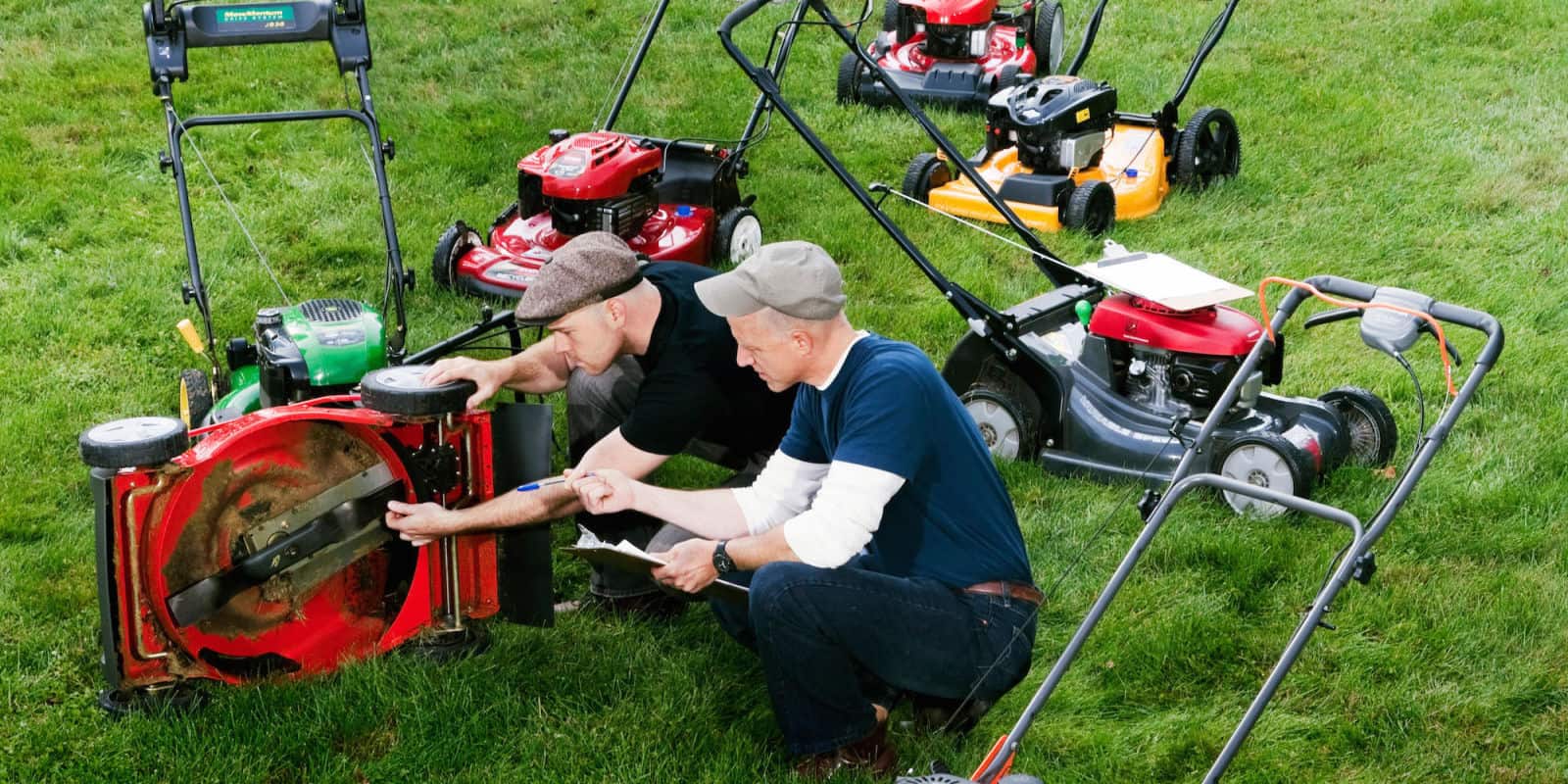Best Gas Lawn Mower – Right Gas for Lawn Mower
Stale gas is the No. 1 enemy of small engines
Old gas causes the vast majority of starting problems in mowers, snowblowers and other small engines. The most common fix is a carburetor rebuild, which costs around $100. And that’s a waste—because avoiding trouble is far easier than dealing with the consequences.
How to get rid of old gas
Pour doses of it into your car’s tank, about a half gallon at a time. Your car can handle stale gas much better than small engines, and small doses won’t hurt it. Your city may also have a recycling center that accepts gas.
Buy smaller quantities
Gas has a limited shelf life, so buy only what you need for the near future. If you buy ethanol (oxygenated) gas, buy only enough to last for 30 days. If you buy non-oxygenated gas, limit your purchase to a 60-day supply. With either type of gas, use a container that’s sized for the amount you’ll buy. Storing 2 gallons in a 5-gallon container leaves you with 3 gallons of air, causing the gas to spoil faster—even if you add stabilizer.
Add stabilizer every time you fill
Many people add gasoline stabilizer when they put the mower away for the winter. That’s a good idea, but that’s not the only time you should use stabilizer. Stabilizer works best when it’s added to fresh gas right at the pump. And, since small-engine gas tanks are vented, prestabilized gas can reduce the effects of water accumulation and slow the loss of volatile vapors. Look for a stabilizer product that includes antioxidant protection, corrosion inhibitors, detergent and metal deactivators. (Briggs & Stratton Advanced Formula Fuel Treatment & Stabilizer and STA-BIL are two examples.) If you have a two-stroke engine, buy oil with built-in stabilizer.
Get a new gas container
If your gas container doesn’t seal properly, you’re going to have gas problems. As the air temperature rises and falls, a poorly sealed container emits gas vapors and pulls in moisture. So you lose the most volatile ingredients in the gas—the ones you need most to start a cold engine. Also, the humidity that gets sucked in condenses on the container walls and falls to the bottom. As you reach the gas at the bottom, you’re literally pouring in a blend of old gas and water. If your old container is missing caps, buy a new one.
Filling and storage tips
Let the engine cool after use and then refill the tank to 90 percent. That will reduce moisture condensation and oxidation. Consult your owner’s manual for off-season storage recommendations. Most manuals specify “dry storage,” which involves draining the tank and running the engine until it dies. Then pull the cord until you get no signs of life from the engine. If the manual recommends “wet” storage, fill the tank to 90 percent with fresh stabilized gas.
Use the right kind of gas
Never use E-85 or E-15 gas in your small engine. Those fuels can cause catastrophic damage. Most small engines operate best with 87-octane fuel (85-octane in high altitudes). Unless specifically recommended by the manufacturer, never use a higher octane fuel in your small engine.
